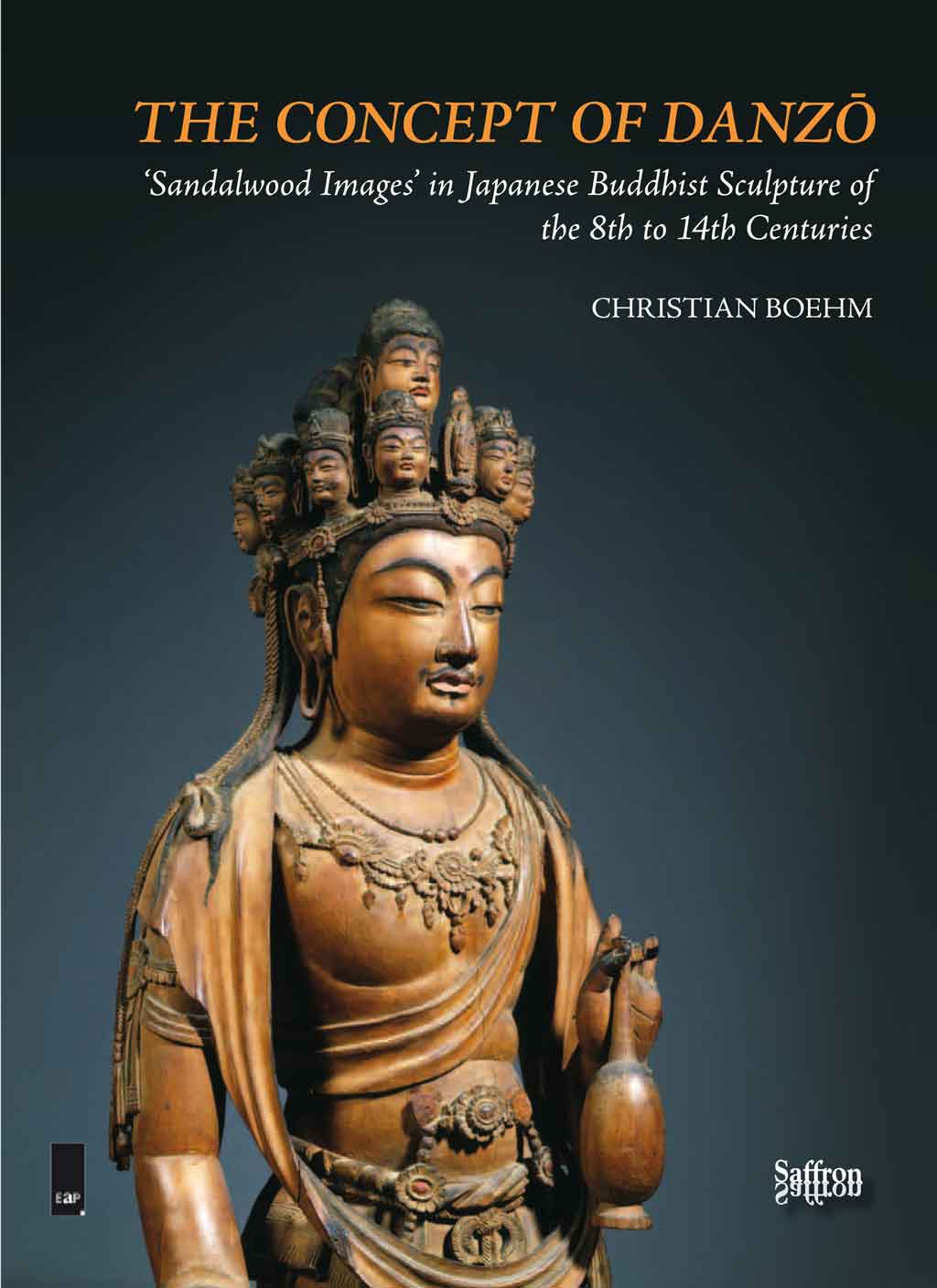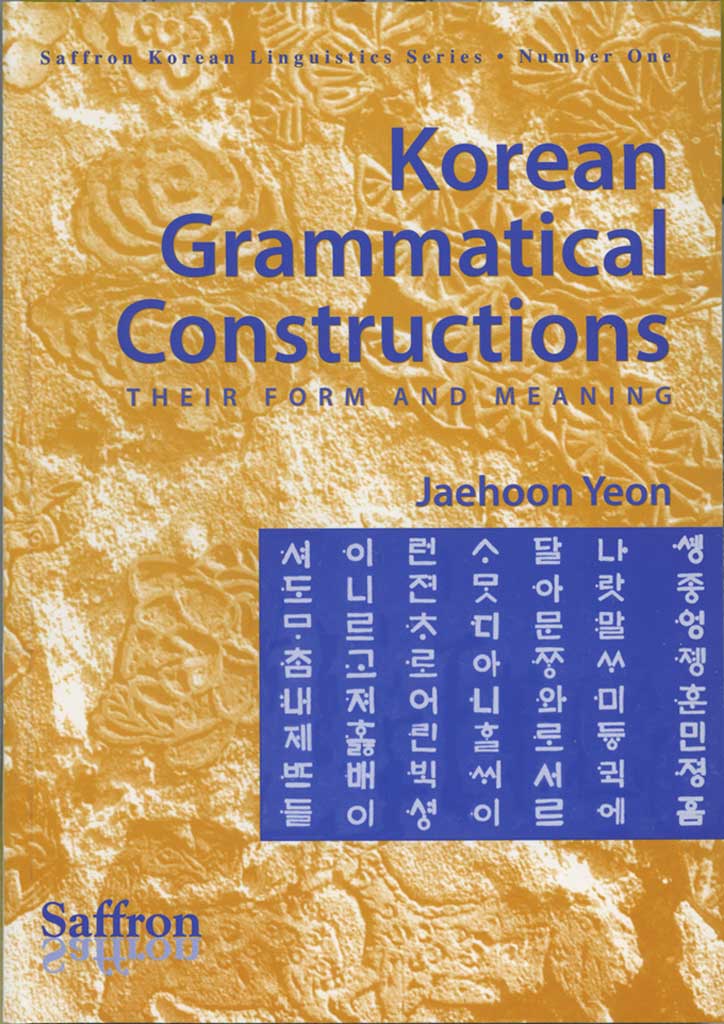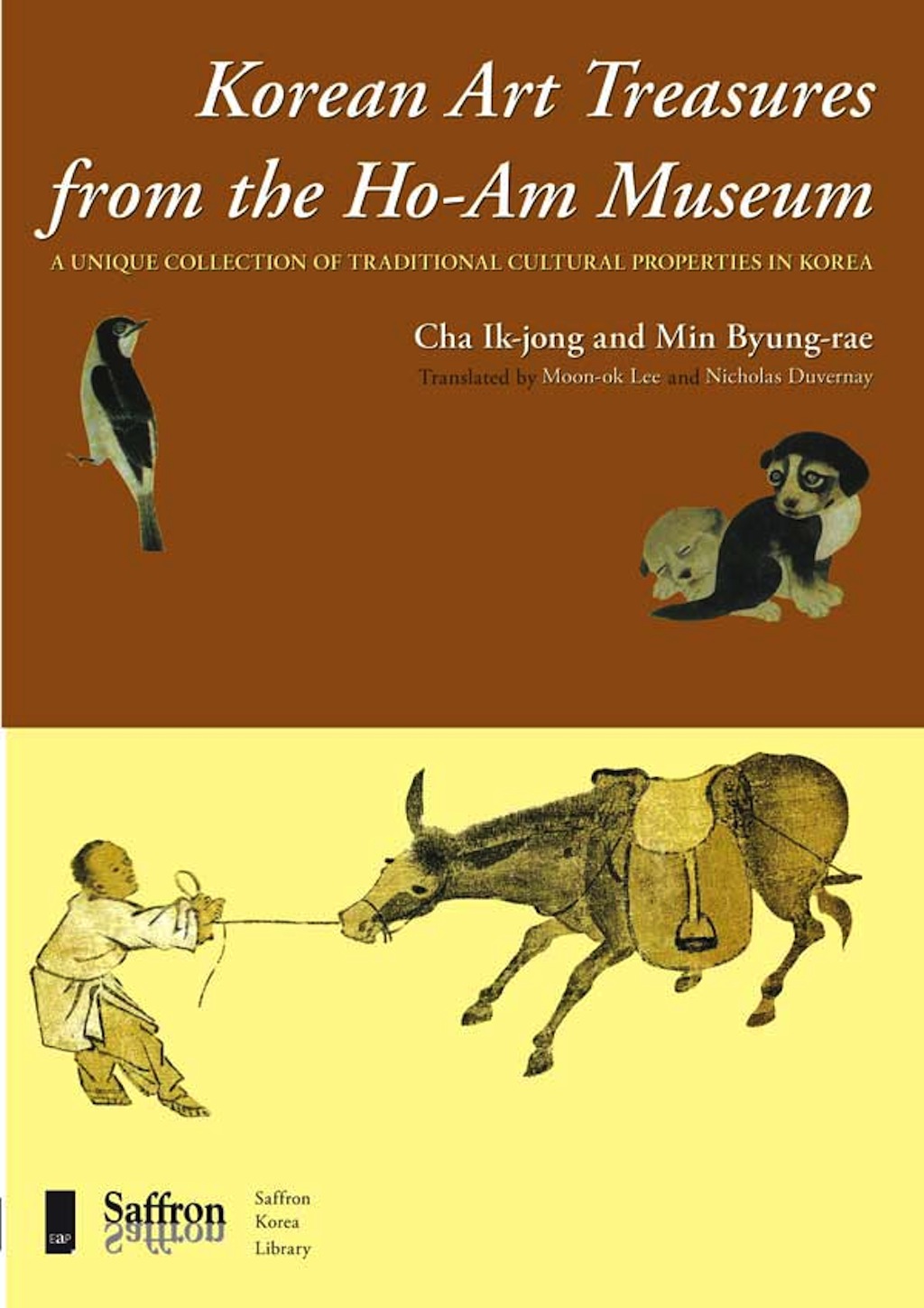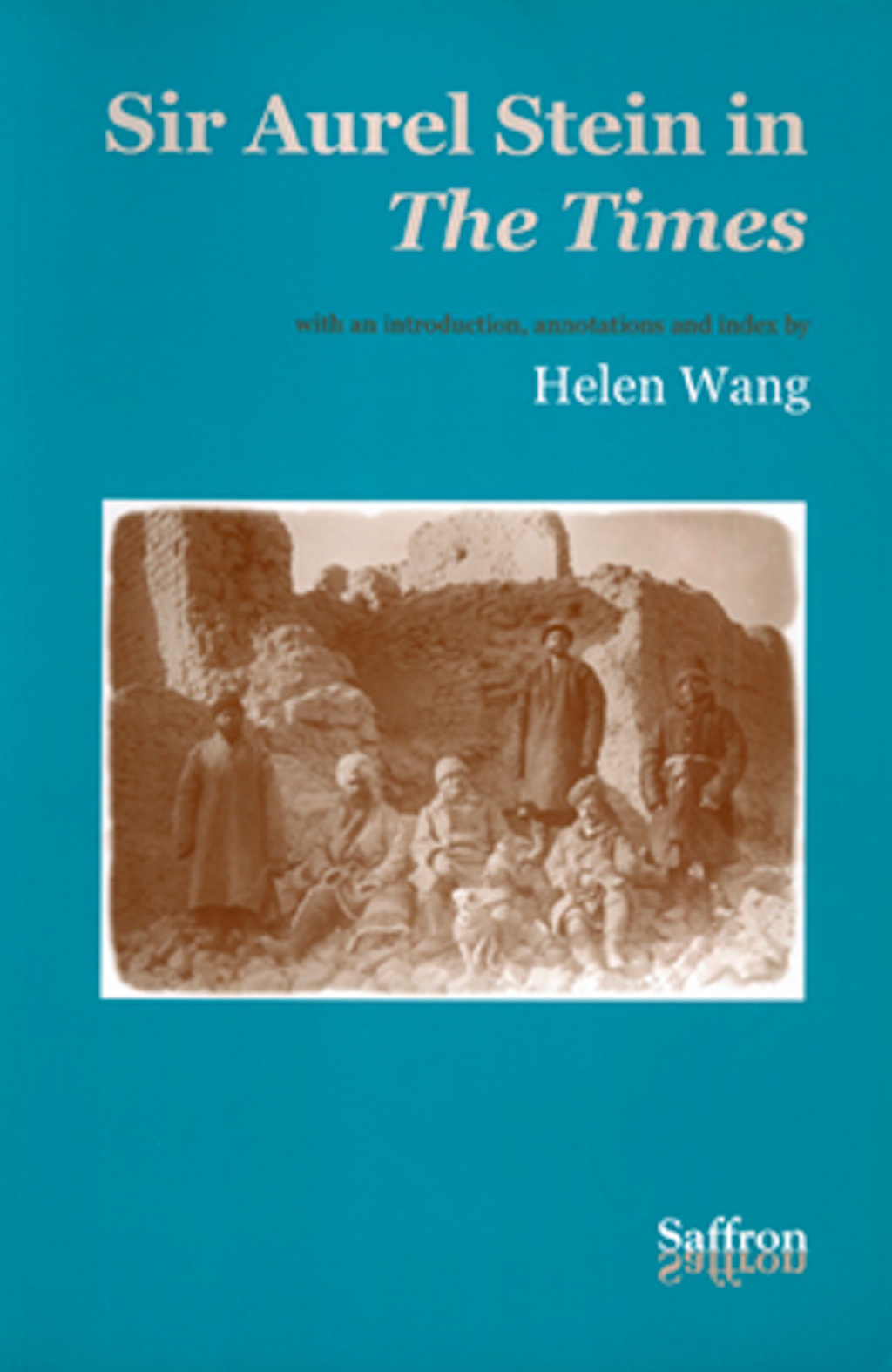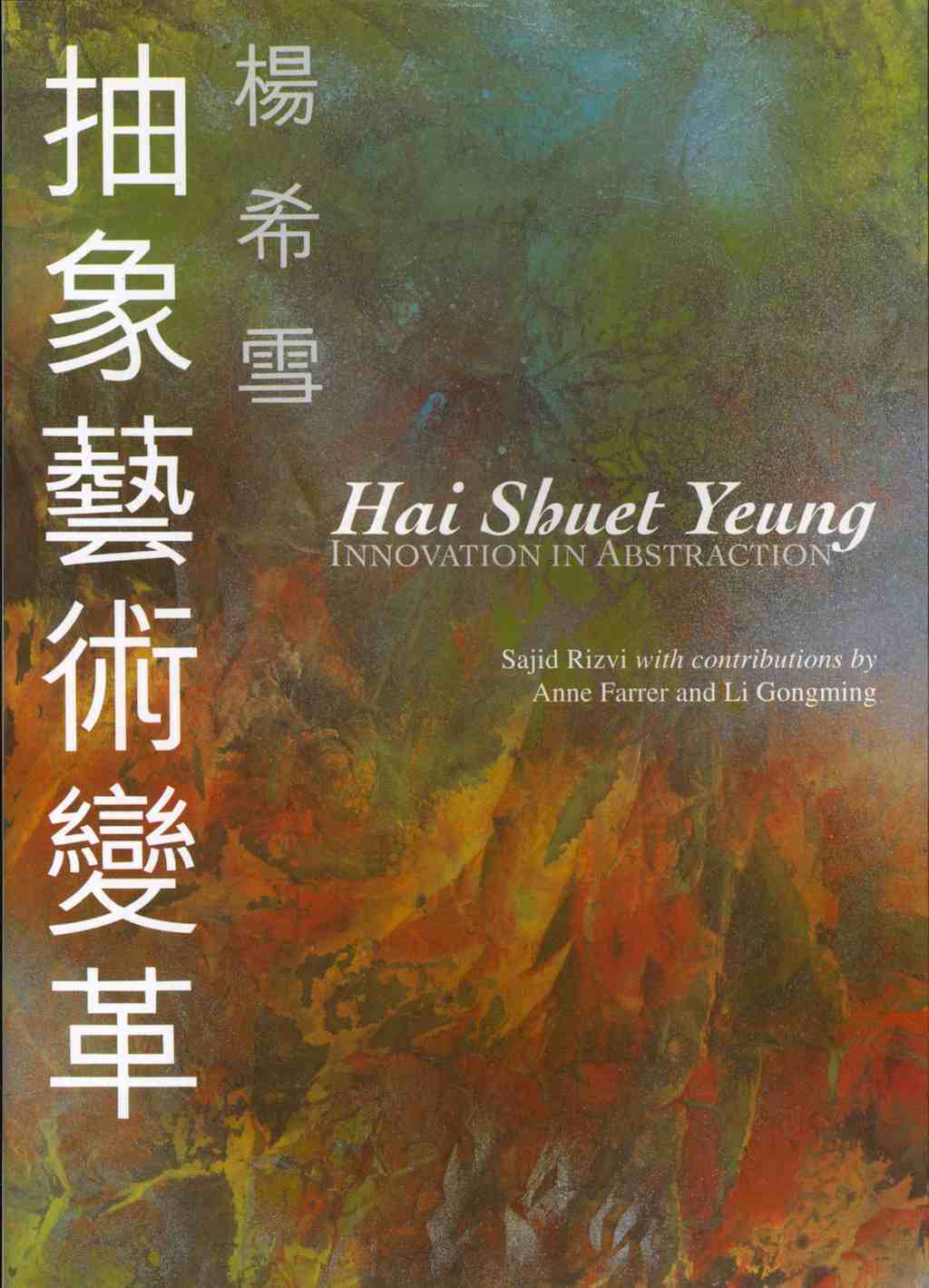Description
This is the first study in a Western language to examine Buddhist sculptures known as danzō (sandalwood images) and dangan (portable sandalwood shrines) in Japan from the 8th to 14th centuries, including Chinese examples from the 6th to 13th centuries, which were imported into Japan and played a major role in the establishment of an indigenous danzō tradition.
2012 London: Saffron Books | Saffron Asian Art and Society Series | 264pp | Hard cover | 165 Illustrations in colour & black-and-white | Shipping Weight 1600 grams
Read review [p35 of SOAS newsletter CJR News].
The author defines danzō as religious icons in terms of their material, form (iconography and style) and religious functions. This includes a careful examination of major issues in the study of danzō such as the transmission of danzō from India via China to Japan, the choice of substitute materials for sandalwood, carving technique, and danjiki (colour of sandalwood). Most importantly, this study proposes a new definition of the form of danzō based on the distinction between the type-style and period-style. Furthermore, it demonstrates how the aesthetic-religious concept of shōgon (sublime adornment), which is important to Buddhist art in general, is expressed in danzō, making them into objects of shōgon par excellence.
A wealth of textual evidence is presented to suggest that the two most common religious functions of danzō were as icons in ceremonies and for personal devotion for high-ranking monks, aristocrats, and members of the imperial family, which reflects the special sanctity and efficacy ascribed to these images. This book aims at a more inclusive understanding of danzō as religious icons with distinctive material, formal and functional characteristics that define them as a unique group of sacred images within Japanese Buddhist sculpture.
Read review [p35 of SOAS newsletter CJR News].
About the Author
Christian Boehm received his BA, MA and PhD in Art and Archaeology from the School of Oriental and African Studies (SOAS), University of London. He is an independent art historian and dealer specialising in East Asian Buddhist sculpture as well as Chinese and Korean ceramics.
Contents
Acknowledgements 11
Introduction 13-16
Figures 17-79
Chapter One Materials of Danzō 81-106
1. Sandalwood and Danzō Carving in India and China 81 2. The Transmission of Danzō to Japan 85 3. Substitute Materials 89 4. Danjiki 97
Chapter Two Form and Functions of Danzō 107-130
1. The Meaning of the Term Shōgon 107 2. The Expression of Shōgon in Danzō 111 3. The Function of Danzō in Ceremonies and as Icons for Personal Devotion 116 4. The Function of Danzō as Honzon in Temple Halls and as Tainai Butsu 125
Chapter Three Dangan (Portable Sandalwood Shrines): Miniature Representations of Buddhist Worlds 131-170
1. Stūpa-shaped Dangan 138 2. Box-shaped Dangan 148 3. Temple Hall-shaped Dangan 162 4. Incense Container-shaped Boxes 164
Chapter Four Representations of Nyorai 171-186
1. Yakushi Nyorai 173 2. Miroku Nyorai 179 3. Shaka Nyorai 181 4. Dainichi Nyorai 182
Chapter Five Representations of Kannon 187-222
1. Jūichimen Kannon 190 2. Senju Kannon 207 3. Nyoirin Kannon 210 4. Shō Kannon 212 5. Fukūkensaku Kannon 217
Chapter Six Representations of Bosatsu and Tutelary Deities 223-240
1. Miroku Bosatsu 225 2. Monju Bosatsu 227 3. Jizō Bosatsu 229 4. Bonten and Taishakuten 231 5. Aizen Myōō 233 6. Bishamonten 236
Conclusion 241-242
Bibliography 243-252
Glossary Index 253-264
Read review [p35 of SOAS newsletter CJR News].

